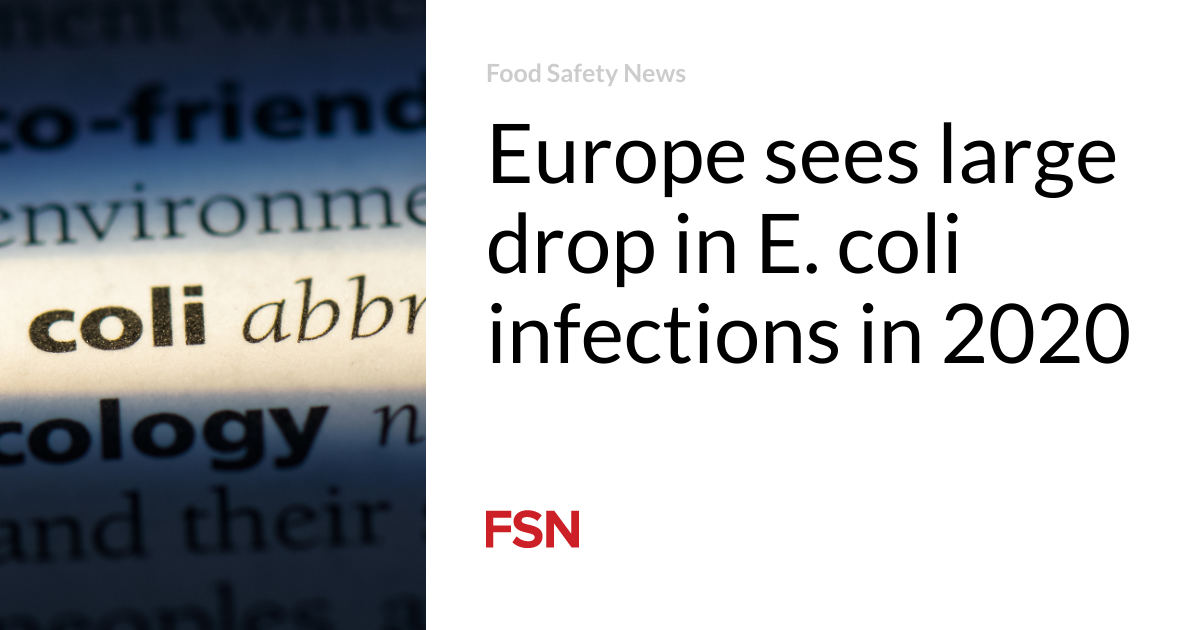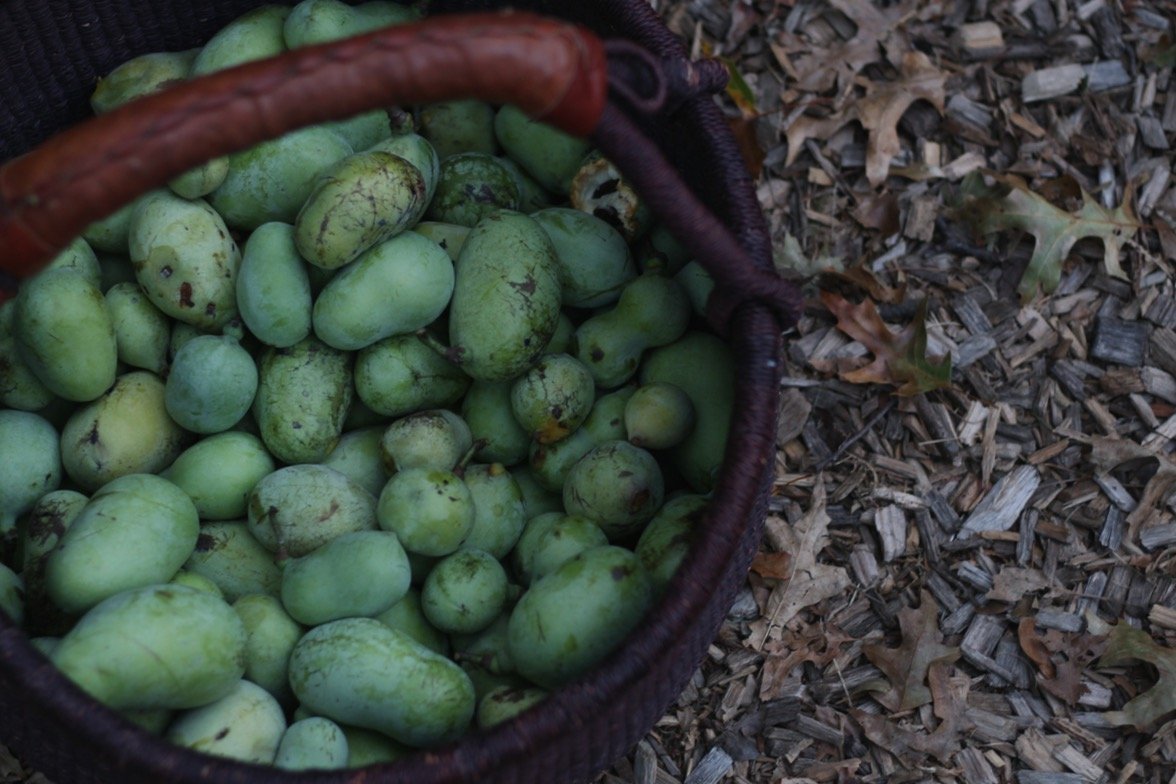- A recent report published by the Emissions Database for Global Atmospheric Research (EDGAR), a scientific group associated with the European Commission, found that while global CO2 emissions dropped in 2020, they returned to nearly pre-pandemic levels in 2021.
- The report found that China, the United States, the 27 countries that make up the European Union, India, Russia and Japan continue to be the world’s largest emitters, contributing about 70% of global CO2 emissions. Some of these countries’ emissions continued to rise, but others fell from 2019 levels.
- While experts say the EDGAR report provides a comprehensive view of global emissions, they point to limitations in the data, such as the fact that it only accounts for CO2 but not other greenhouse gas emissions.
- It’s estimated that the world has already warmed about 1.2°C (2.2°F) above pre-industrial levels, but some experts say we can still meet the target of the Paris Agreement targets if nations have the political will to instigate change.
On Sept. 20, the Emissions Database for Global Atmospheric Research, or EDGAR, a scientific group associated with the European Commission, released its 2022 report detailing the CO2 emissions of every country in the world between 1970 and 2021.
It found that global CO2 emissions in 2020 — the year distinguished by COVID-19 lockdowns — fell 5.3% below 2019 levels. But in 2021, global CO2 emissions “bounced back almost to the level of 2019,” with countries releasing 37.9 billion metric tons, or gigatonnes (Gt), of carbon dioxide into the atmosphere — only about 0.36% lower than what was released in 2019.
China, the United States, the 27 countries that make up the European Union, India, Russia and Japan have historically been the world’s largest emitting countries — and they remained so in 2021, according to the report. Together, these nations account for nearly 50% of the global population and emit almost 70% of global CO2 emissions. All six increased their fossil fuel consumption in 2021 when compared to 2020, with Russia and India experiencing the largest increases — 8.1% and 10.5% respectively.
Nations such as China, India, Russia, Iran, Saudi Arabia, Brazil and Turkey, saw a marked increase in CO2 emissions in 2021 when compared to the pre-pandemic year of 2019. Other countries saw a decrease. For instance, the European Union and eight other countries, including the United States, Japan, South Korea, Indonesia, Canada, South Africa, Mexico and Australia, emitted less CO2 in 2021 than in 2019.
William Lamb, a researcher at the Mercator Research Institute on Global Commons and Climate Change, who worked on previous EDGAR reports on global emissions, said that 2020 temporarily disrupted global CO2 emissions, but that it didn’t have “lasting consequences” for overall emission trends.
“Everybody went down for the year of 2020, but then the longer-term trend just continued,” Lamb told Mongabay. “So the emissions of China kept on going up after COVID. In India, they kept on going up. Whereas in the United States and Europe, they kept on going down. The story is more or less the same as it was before.”
While Lamb said the EDGAR report provides a “comprehensive” view of global CO2 emissions, he noted that it doesn’t account for other greenhouse gas emissions, such as methane and nitrous oxide.
“Those aren’t covered in this report, but those are also important,” said Lamb, who is the lead researcher of the United Nations Environment Programme’s (UNEP) forthcoming Gap Report, which will provide information on other global greenhouse gas emissions.
Lamb said the report is expected to be released in late October, just prior to the start of the COP27 climate summit in Sharm el-Sheikh, Egypt.
Brenda Ekwurzel, a senior climate scientist at the Union of Concerned Scientists (UCS), who was not involved in the new EDGAR report, said an issue with emission data sets is that they often don’t account for goods and services that one country may outsource to another.

“You’ll see China has been gaining a lot of emissions and contributing more in recent years, and a lot of that is delivering goods and making goods for the rest of the world and themselves,” Ekwurzel told Mongabay.
“If you end up buying your stuff from another part of the world, and they’re doing all that heavy industry and supplying power for that, that doesn’t count as your country’s emissions,” she said. “So in a way the country emissions kind of encourages countries to offshore the heaviest polluting carbon emissions. Some researchers have said we should include the consumption emissions and the trade and it’s very difficult to do that.”
Ekwurzel said that if companies were required to track the emissions of their activities — from extraction to production to sale — it could become clearer which countries are contributing to emissions in other countries.
It is also necessary to look at the cumulative emissions of countries to get a full picture of their greenhouse gas emissions, Ekwurzel said.
“It’s very important to remember that when we look at year-to-year emissions data like this, and we compare it to 1990 or 2021, the United States has still contributed the highest cumulative emissions to the global problem of climate change,” she said. “Whereas if you look at that graph of country emissions … it obscures that fact.”
Lamb said it’s crucial for nations to immediately lower their emissions to meet the obligations of the Paris Agreement, which stipulates that warming should be limited to 1.5° Celsius (2.7° Fahrenheit) of warming above pre-industrial levels, and not exceed 2°C (3.6°F).

“We need to reach a peak and start to reduce emissions within the next few years,” he said. “Thinking about the global target, it’s not good that emissions are continuing to go up. It would have been better if they started going down already.”
It’s estimated that global temperatures have already risen about 1.2°C (2.2°F) above pre-industrial levels.
Ekwurzel said she believes it’s still possible to meet the targets if countries have the political will to roll out policies that will help curb emissions.
“It would cost far less to transition to a Paris Agreement world than to … surpass the Paris Agreement,” she said, “because the costs of climate change impacts and extreme events, loss of biodiversity and the world that we know and operate in, is much more costly.
“Countries are making progress,” Ekwurzel added. “We know that decarbonizing the energy sector really works. And when we decarbonize the transportation sector and it’s powered by low-carbon to no-carbon emissions, then we will have a better chance of making the goal. And the fact that we have not surpassed the Paris Agreement goals yet means if we aggressively urgently act now, we still have a chance.”
Citation:
Crippa, M., Guizzardi, D., Banja, M., Solazzo, E., Muntean, M., Schaaf, E., … Vignati, E. (2022). CO2 emissions of all world countries — 2022 Report (JRC130363). Publications Office of the European Union. doi:10.2760/730164
Banner image caption:
Elizabeth Claire Alberts is a staff writer for Mongabay. Follow her on Twitter @ECAlberts.
FEEDBACK: Use this form to send a message to the author of this post. If you want to post a public comment, you can do that at the bottom of the page.














